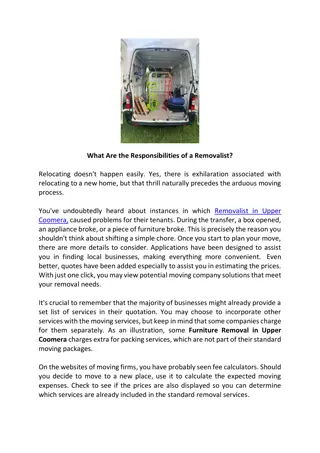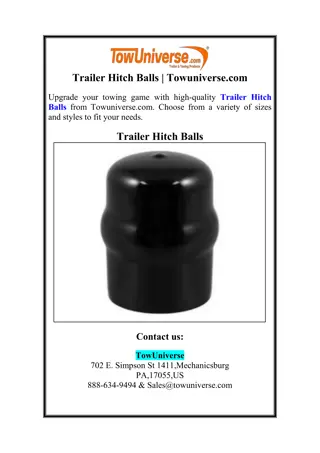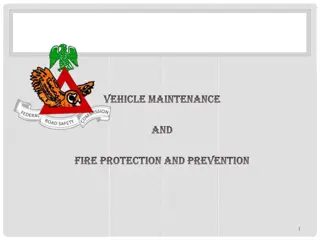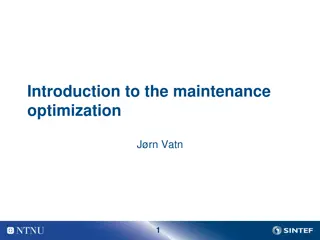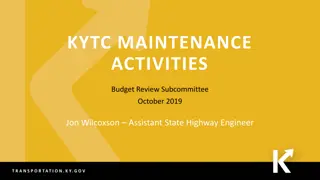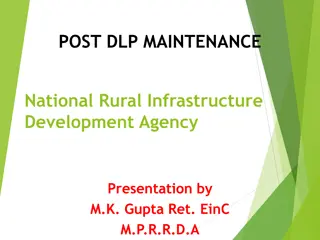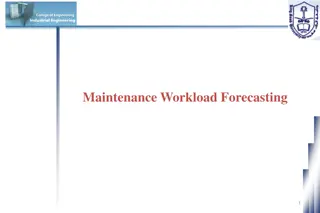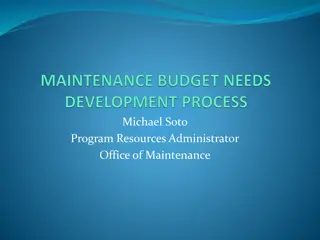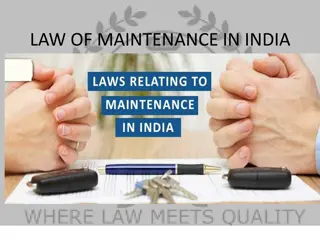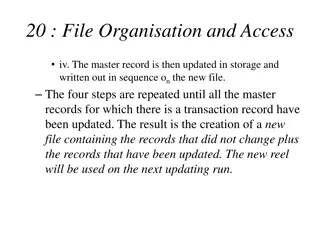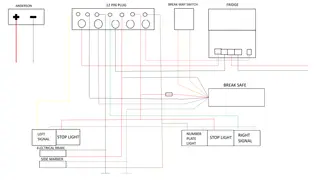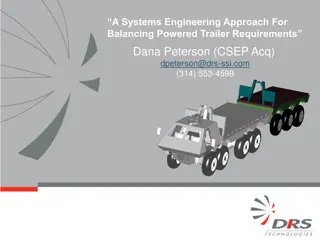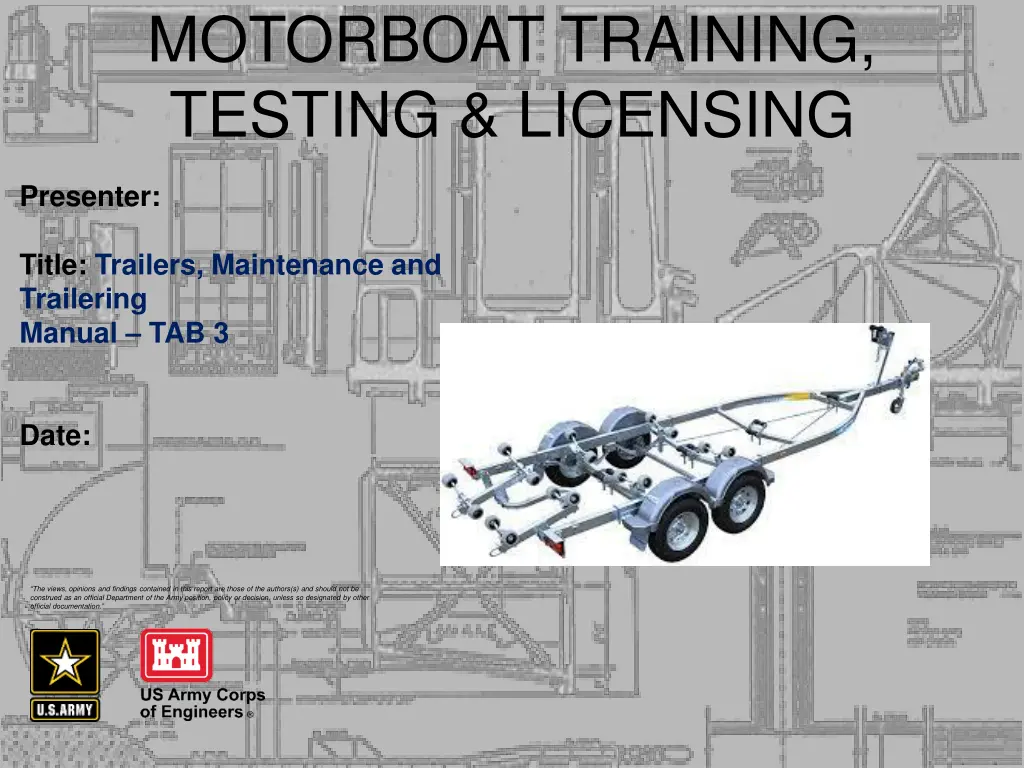
Boat Trailer Maintenance and Trailering Guide
Discover essential equipment and best practices for safe and effective boat trailering. Learn about trailer types, maintenance procedures, and key considerations for towing vehicles. Ensure your boating experience is enjoyable and problem-free with this comprehensive manual.
Download Presentation

Please find below an Image/Link to download the presentation.
The content on the website is provided AS IS for your information and personal use only. It may not be sold, licensed, or shared on other websites without obtaining consent from the author. If you encounter any issues during the download, it is possible that the publisher has removed the file from their server.
You are allowed to download the files provided on this website for personal or commercial use, subject to the condition that they are used lawfully. All files are the property of their respective owners.
The content on the website is provided AS IS for your information and personal use only. It may not be sold, licensed, or shared on other websites without obtaining consent from the author.
E N D
Presentation Transcript
MOTORBOAT TRAINING, TESTING & LICENSING Presenter: Title: Trailers, Maintenance and Trailering Manual TAB 3 Date: The views, opinions and findings contained in this report are those of the authors(s) and should not be construed as an official Department of the Army position, policy or decision, unless so designated by other official documentation.
2 Trailers, Maintenance and Trailering 2 Objectives: List required equipment for safe trailering List safe trailering practices List normal maintenance procedures for trailers
3 Trailering 3 Most recreational boats in the US are trailered to and from the water. Boating package: Boat Trailer Hitch Towing Vehicle
4 Boat/Trailer 4 If possible, purchase the boat and trailer as a package from the manufacturer. Trailer should be designed to carry the total weight of the hull, engine, equipment and any extra gear normally carried. Manufacturer s capacity plate (never exceed 85% of total capacity).
5 Trailer Types 5 Bunk Trailers Roller Trailers
6 Trailer Equipment 6 Hitch Winch
7 Trailer Equipment 7 Brakes
8 Trailer Equipment 8 Tires: Trailer tires require special attention Chances are good they will rot of old age before the treads are gone Number one enemy is heat. Watch for spiderweb cracking on the sidewalls Check manufactured date on sidewall when purchasing Tire life usually less than 5 years
9 Towing Vehicle 9 Proper Size and Power Transmission designed for towing (transmission cooler) Heavy-duty brakes Mirrors Load bearing hitch attached to the frame (not the bumper) Tires
10 10 Hitching Up Socket on the trailer drops over the ball on the hitch Size determined by the class (weight) of trailer Safety Pin or Locking Mechanism Lights Trailer brakes Safety Chains
11 Hitch Types 11 Screw Lever Inertia over Hydraulics Bulldog
12 Safety Chains 12 Criss-cross chains under the coupler to the frame of the vehicle The opening of the S- hook should point towards the boat, away from the vehicle
13 Balance the Weight Too much weight on the rear of the trailer will cause the trailer to fishtail and may reduce traction or lift the rear wheels of the tow vehicle off the ground. 13 Too much weight on the hitch will cause the rear wheels of the tow vehicle to drag and may make steering more difficult.
14 Safety Checks 14 The driver is responsible!!! The tow ball and coupler are the same size The coupler is completely over the ball and the latching mechanism is locked. Safety chains are crossed and securely attached. Safety catch/chain is secured to bow of vessel.
15 Safety Checks 15 The driver is responsible!!! Tie-downs are secured at the stern of the boat. Trailer lights are securely plugged in to the towing vehicle. Check brake lights and turn signals for proper operation. Check transom saver if applicable.
16 Towing Tips 16 Allow more time to brake, accelerate, pass and stop. Turning radius is greater than normal. Check trailer, hitch, chain, tires, lights, gear after 100 miles. Watch the trailer in the rear-view mirror and listen for unusual noises. Practice!
17 Backing Hint 17 While grasping the bottom of the steering wheel, move your hand in the direction you want the trailer to go.
18 Backing Hand Signals 18
19 Launching 19 Before leaving home make sure the boat and trailer are fully operational Prepare the boat for launching in an adjacent parking area Don t let a busy ramp rush you. If you leave your vehicle set the parking brake, chock wheels, put transmission in park
20 Launching 20 Are the plug(s) in? Unhook lights if necessary Tie-downs unhooked? Undo seatbelt and lower window Trailer lowered to the proper depth? Someone to help Check ramp conditions Know the weather forecast
21 Trailer Maintenance 21 Tires proper inflation, have a spare, check for dry rot Brakes check fluids and operation Wheel Bearings Check frequently Use waterproof grease Carry an extra set
22 Trailer Maintenance 22 Guides and Supports Winch Tie-downs and Straps Frame Fenders
23 23 Review: What equipment is required for safe trailering? How should the safety chains be hooked to a tow vehicle? Should you unfasten your seatbelt when launching a boat? Name the safe trailering practices? What are some the normal maintenance items you should perform on a trailer?

